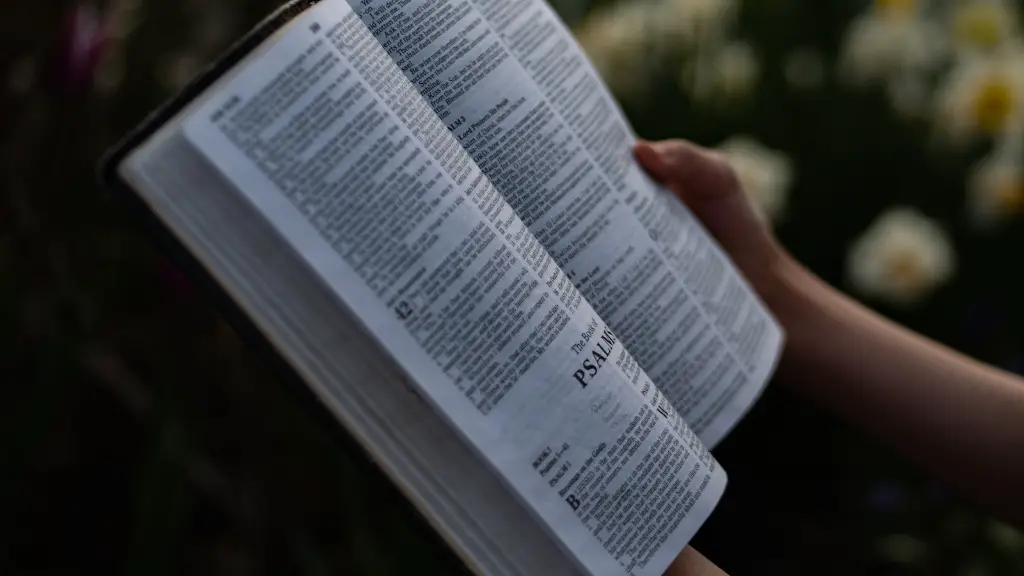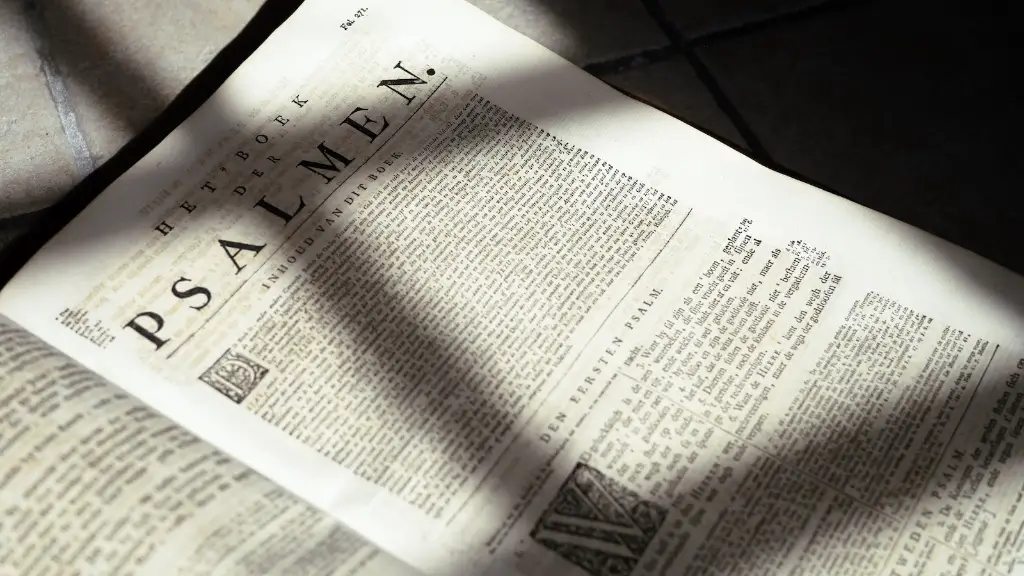Throughout the entire Bible, colors have significant meaning. While the significance of a particular color can vary from passage to passage, in general, each color can be associated with a different theme. Here is an overview of the meaning some biblical colors may hold.
White
White is often associated with purity, holiness and power. White often symbolizes the presence or blessing of God. It can refer to kings, priests and angels, depending on the passage. Jesus also wears a white robe in Revelation 1:13-14. This can signify his role as the “king of kings and lord of lords.”
The Bible also uses white to represent joy and victory. When the people of Israel return from exile in Babylon, they wear white robes as an expression of joy in Isaiah 61:10.
Black
Black stands in contrast to white and can represent darkness, evil and sin. it may also signify mourning and death. For example, when Job speaks of his distress, he says, “My skin has turned black on me, and my bones burn with fever” (Job 30:30, NIV). Similarly, the prophet Isaiah says Jerusalem will go into mourning and wear black for her support and allies that are gone (Isaiah 3:26).
Black also can be used figuratively to describe the spiritual darkness associated with idols and false gods. In Habakkuk 1:15, for example, Habakkuk cries out, the “Oracles are a mockery to the pulpits; they have become a disgrace and a derision to the people” (Habakkuk 1:15, MEV).
Red
The color red typically symbolizes blood and life. This is because the blood of a sacrifice was often used to cover sins and make atonement. Red can also symbolize war, anger and judgment. For example, in the Revelation 19:13, Jesus is described as “wearing a robe dipped in blood” to symbolize his eventual return to judge the world.
In Isaiah 63:2, the Red Sea is used to symbolize the anger of God. God says, “I have trodden the winepress alone” as he parted the waters of the Red Sea. In this passage, the Red Sea is a symbol of the judgment that God will bring on the nations to punish their sins.
Blue
Blue is often used to symbolize the sky, Heaven and life-giving water. Blue may also represent the promises of God and his faithfulness. In Exodus 24:10, for example, the Israelites are told to build a tabernacle with a covering of blue cloth. This covering symbolizes the presence of God in their midst.
In the Old Testament, blue was also used to symbolize the law. Priests were commanded to wear blue tassels on their garments as a reminder of God’s law (Numbers 15:38). These tassels were a sign of the covenant between God and his people.
Purple
In the Bible, purple often symbolizes royalty, wealth and status. This is because purple dye was very expensive and reserved for kings and priests. In Esther 8:15, for example, the proclamation of King Xerxes is written on a scroll of royal purple (Esther 8:15).
In certain passages, purple is also used to symbolize mourning and repentance. For example, King David wears a purple robe when he mourns the death of his son Absalom in 2 Samuel 14:1. In this passage, the purple robe is a sign of David’s grief and repentance.
Yellow and Orange
Yellow and orange are often used to symbolize fire, the sun and God’s presence. In Exodus 19:16, for example, God descends on Mount Sinai in a cloud and a fire. The cloud is described as “overlaid with yellow” (Exodus 19:16, ESV). This likely symbolizes the power and glory of God.
In the book of Revelation, yellow and orange are used to symbolize destruction. In Revelation 18:18, for example, a large crag is described as being “brimstone and sulfur, and a great pillar of smoke” (Revelation 18:18, ESV). The “smoke” is likely a reference to the yellow and orange fires of destruction.
Green
Green typically symbolizes hope and renewal in the Bible. In Genesis 9:13, for example, God declares that the rainbow is a sign of his promise to never again destroy the earth by flood. The rainbow is described as being “every sort of ray that sparkles like emerald” (Genesis 9:13, TLV). Green is often associated with the promise of hope and new life after destruction.
Green can also symbolize prosperity, growth and abundance. In Isaiah 35:1-2, the desert is described as being transformed into a garden of Eden. The lush landscape is filled with blossoming flowers and fruits that are “green like the grass” (Isaiah 35:2, KJV). In this passage, the green is used to symbolize the abundance that God can bring about in a barren place.
Brown
The color brown typically symbolizes humility, simplicity and humility in the Bible. This is because in biblical times, many people would wear plain, humble clothing made out of brown cloth. In Luke 10:25-37, Jesus teaches us how to treat others with humility and compassion. He encourages us to “go and learn what this means: ‘I desire mercy, not sacrifice’” (Matthew 9:35, ESV).
Brown can also represent poverty and oppression. In Isaiah 1:17, the prophet Isaiah speaks out against the mistreatment of the poor. He says, “Learn to do good; seek justice; relieve the oppressed; judge the fatherless; plead for the widow” (Isaiah 1:17, NKJV). In this passage, the color brown is used to represent the poverty and oppression of the widows and orphans.
Silver
Silver is often used to represent wealth and prosperity in the Bible. In Ezekiel 27:12, for example, Tyre is described as trading in “silver, iron, tin, and lead” (Ezekiel 27:12, NIV). In this passage, silver is used to symbolize the riches of Tyre.
Silver can also be used to symbolize redemption. In Numbers 18:16, Aaron and his sons are told to use silver to make a sin offering to atone for their sins. The use of silver in this passage is a reminder of the price that must be paid for sin and the redemption offered through Jesus Christ.
Gold
Gold is often used to symbolize God’s holiness and majesty. In Exodus 25:18, for example, the instructions are given for creating the Ark of the Covenant. The ark is to be made of pure gold as a symbol of God’s holiness and power.
Gold can also symbolize spiritual wealth. In Proverbs 3:14-15, we are told to “glean wisdom,” which Francesca Gibson likens to seeking “riches of the spirit.” The “riches” of the spirit is often described as being more valuable than gold (Proverbs 3:15, TLV). This passage teaches us to seek the riches that God has to offer over the wealth of the world.
Grey
Grey is often used to symbolize suffering and punishment. In the book of Job, for example, God says to Job, “Will you even put me in the wrong? Will you pronounce me guilty?” (Job 9:20, ESV). Job is described as being “covered with gray” (Job 9:25, MEV) as a sign of his suffering and anguish.
Grey can also symbolize a lack of faith or an unfulfilled promise. In Lamentations 4:20, God speaks of the Israelites being without hope. He says “Our eyes fail with looking for our help; in our watching we have only been disappointed. From our pathways we get nothing but gray” (Lamentations 4:20, MEV). In this passage, gray is used to symbolize the lack of faith in God and the broken promises he had made.





